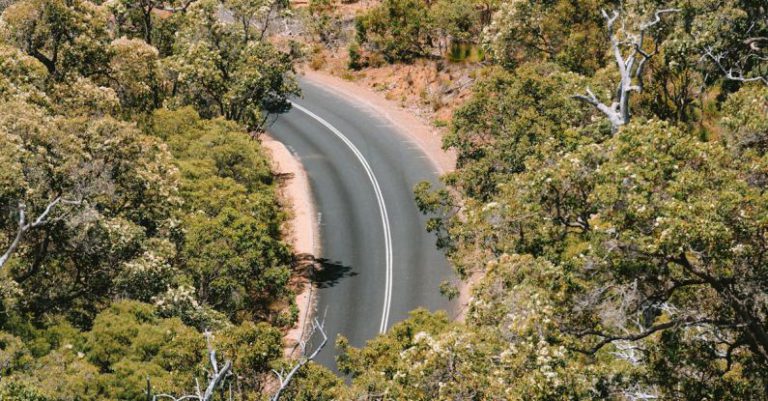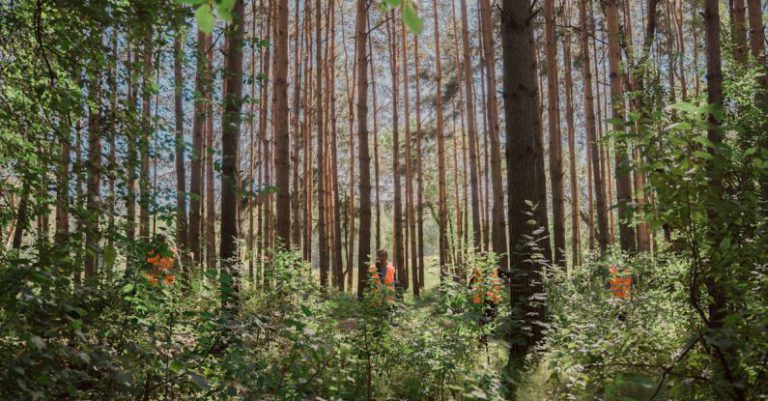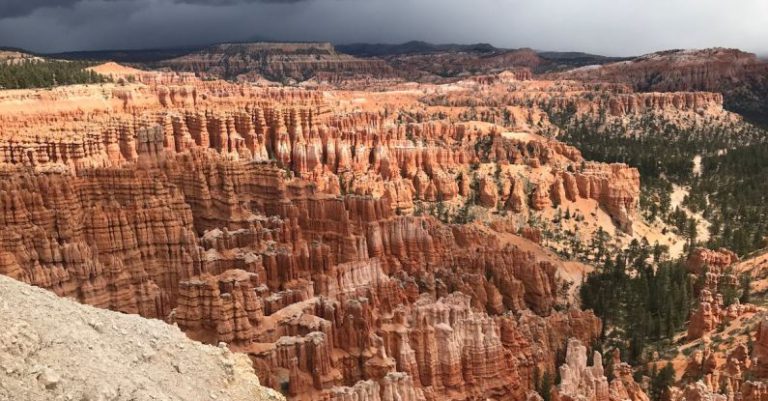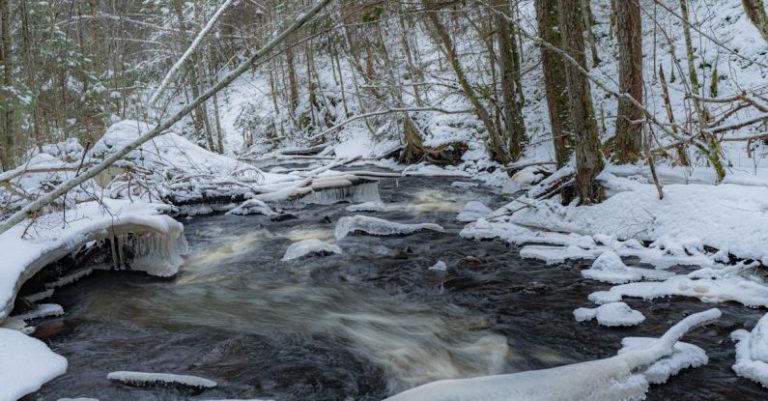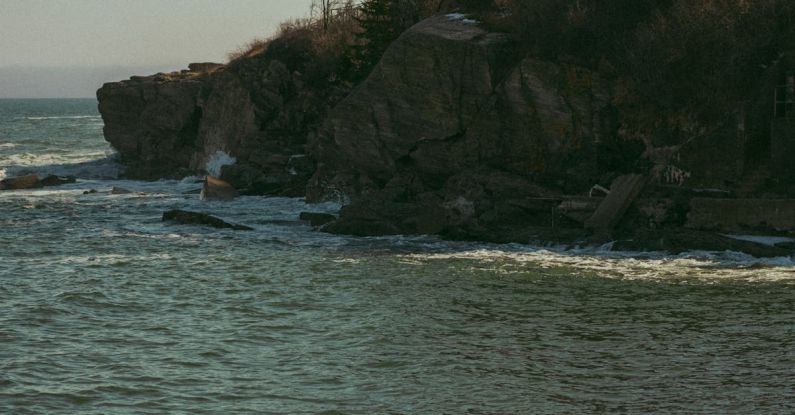
When venturing into the wilderness, whether for a leisurely hike or a more challenging trek, it is crucial to be prepared for any unforeseen circumstances. One of the most important skills to have in such situations is knowing how to signal for help if you find yourself in distress. In remote areas where cell phone signals may be non-existent and help is not readily available, understanding different methods of signaling for assistance can be a lifesaver. Here are some effective ways to signal for help in the wilderness.
Smoke Signals
Using smoke signals is a traditional method of communication that has been employed for centuries. By creating a controlled fire and adding green vegetation to produce thick smoke, you can attract the attention of potential rescuers. It is essential to choose a location with good visibility and to keep the fire well-maintained to ensure the smoke is visible from a distance. Three short bursts of smoke followed by a pause and then repeating the pattern can indicate to others that you are in need of help.
Signal Mirror
A signal mirror is a small, lightweight mirror that can be used to reflect sunlight towards a specific direction. By angling the mirror to catch and redirect sunlight towards a passing aircraft or search party, you can create a bright flash of light that is easily noticeable from afar. To effectively use a signal mirror, hold it close to your eye and aim the reflection at the target. By flashing the light in a series of three quick bursts, followed by a pause, you can convey a distress signal.
Whistle
Carrying a whistle is a simple yet effective way to signal for help in the wilderness. The high-pitched sound of a whistle can travel far distances and is easily distinguishable from natural noises. In an emergency situation, blowing three short bursts on a whistle followed by a pause can signify that you are in need of assistance. It is recommended to have a whistle attached to your gear or clothing for easy access in case of an emergency.
Ground-to-Air Signals
Creating ground-to-air signals is another method to attract attention from rescue teams or passing aircraft. By using rocks, logs, or any other contrasting materials available in the environment, you can form large symbols or letters that can be easily spotted from above. The most common ground-to-air signals include spelling out “SOS” in large letters or forming a triangle pointing in the direction of your location. These signals should be placed in an open area with high visibility to maximize the chances of being seen from the air.
Personal Locator Beacon (PLB)
A Personal Locator Beacon (PLB) is a handheld device that transmits a distress signal via satellite to emergency services. PLBs are equipped with GPS technology, allowing rescuers to pinpoint your exact location and initiate a rescue operation promptly. Before heading into the wilderness, it is advisable to register your PLB with the local authorities and familiarize yourself with its operation. In case of an emergency, activating the PLB will send a distress signal to the nearest search and rescue teams, significantly increasing your chances of being located quickly.
Conclusion:
In conclusion, knowing how to signal for help in the wilderness can make a significant difference in survival situations. Whether you opt for traditional methods like smoke signals and signal mirrors or rely on modern devices like PLBs, being prepared to communicate distress signals effectively is essential for outdoor enthusiasts. By understanding and practicing these signaling techniques before embarking on any wilderness adventure, you can ensure that help will reach you when needed most. Remember, in emergency situations, staying calm, resourceful, and visible are key factors in increasing your chances of being rescued.
